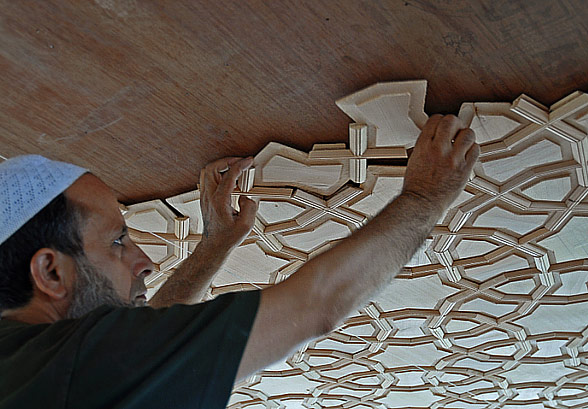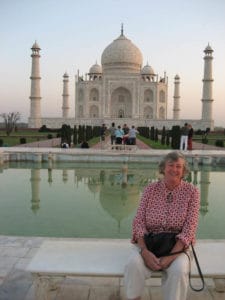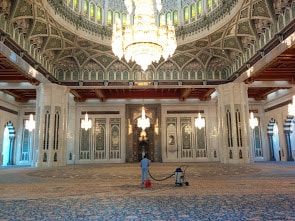One of the most remarkable manifestations of Persian culture outside Iran was its influence in the Moghul dynasty that ruled much of India. The quintessential legacy of this is the Taj Mahal, which stands as an achievement of architecture, craftsmanship and love that no amount of technological advancement since has been able to match.
You know the story. When Shah Jahan’s wife Mumtaz Mahal died in 1631, the grieving husband decided to build a tomb in her honour. Tomb-building is a particularly Persian preoccupation. The great patriarch of the Mongol empire Genghis Khan requested an unmarked grave for himself. Shi’a as a religion is based on the veneration of the Prophet’s descendants.
At that time, the Persians were the dominant power in Southern Asia, from Istanbul to Bengal. Farsi was the lingua franca. A large proportion of Indian crafts today is the product of Persian influence.
But the Moghuls were also quite eclectic in their tastes. They seemed to value aesthetic excellence wherever its origins. The Taj Mahal took a team of 20,000 artisans and labourers 17 years to build. Italian craftsmen were brought in to teach inlay techniques. There were sculptors from Bukhara, calligraphers from Syria and stonecutters from Baluchistan. The white marble came from Makrana, the turquoise from Tibet and crystal from China.

The Persian technique of Khatambandh is still practiced in India today – see http://gaatha.com/khatamband-craft-kashmir/
The scaffolding was so extensive that it was feared the removal would set back the date of completion by years. Shah Jahan solved this by giving the bricks of the scaffolding away for free, which sped up the process.
The Taj Mahal is still alive today. It figures in millions of “bucket lists” for tourists eager to tick off the world’s wonders. It has curious echoes in the West, such as the Corn Palace in South Dakota.
But the Iranian talent for building religious monuments is very much alive today. It’s visible in the extraordinary complex of the Shrine to Imam Reza in Mashhad (the Shi’a equivalent of Mecca), and the recently completed massive mosque for Sultan Qaboos in Oman.
- Sultan Qaboos Grand Mosque in the Sultanate of Oman, inaugurated in 2001.
- Ceramic niches made in Isfahan
- The Tabriz-style carpet contains, 1,700,000,000 knots, weighs 21 tonnes and took four years to produce, and brings together the classical Persian Tabriz, Kashan and Isfahan design traditions..
The main reference for this post is Harasta, Jesse. The Taj Mahal: The History of India’s Most Famous Monument. CreateSpace Independent Publishing Platform, 2014.





